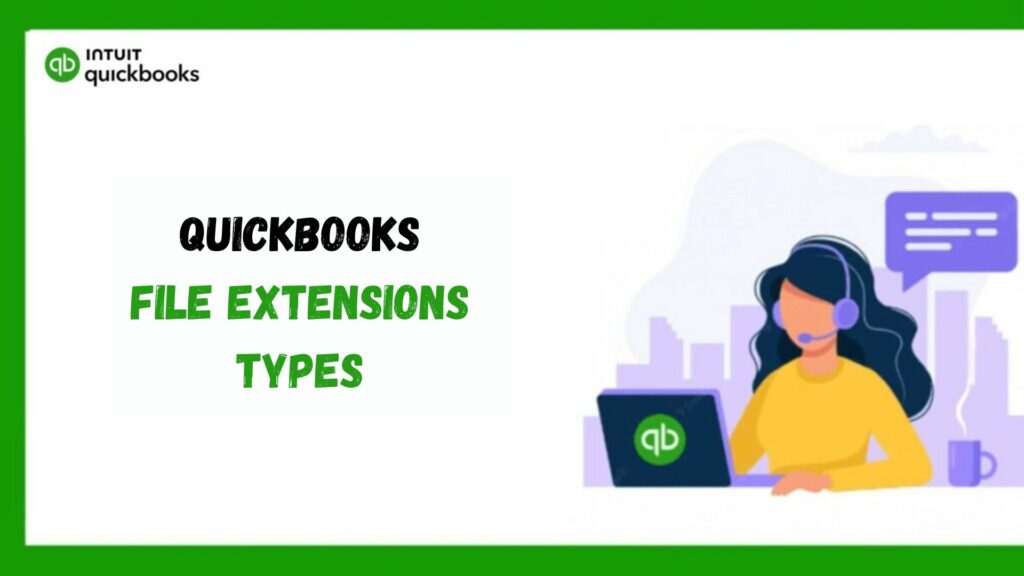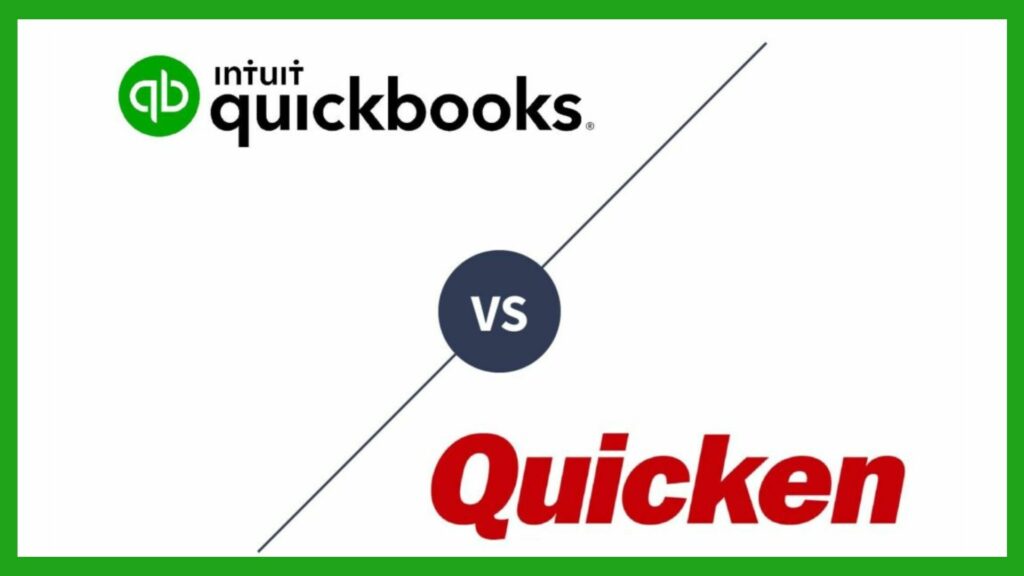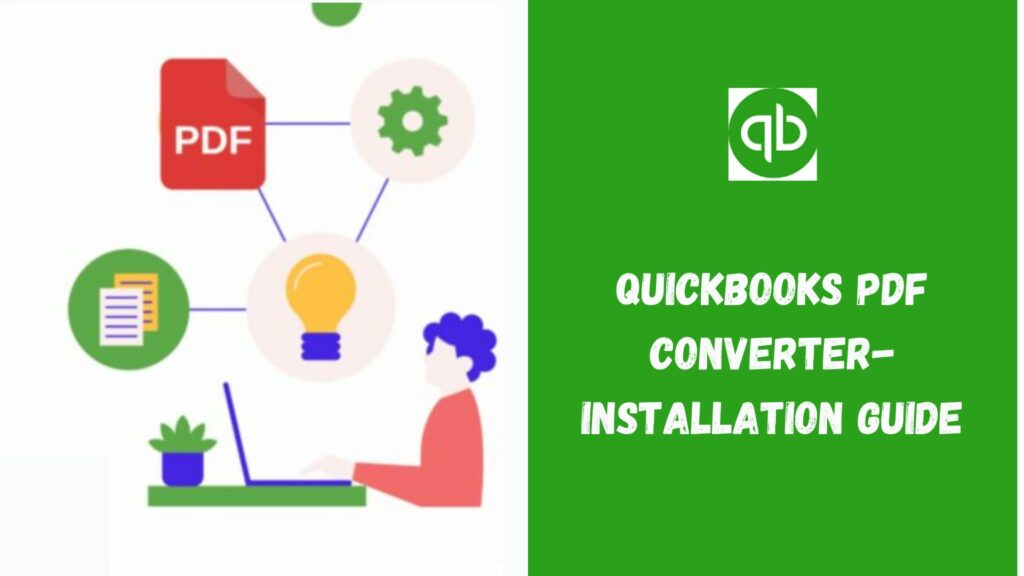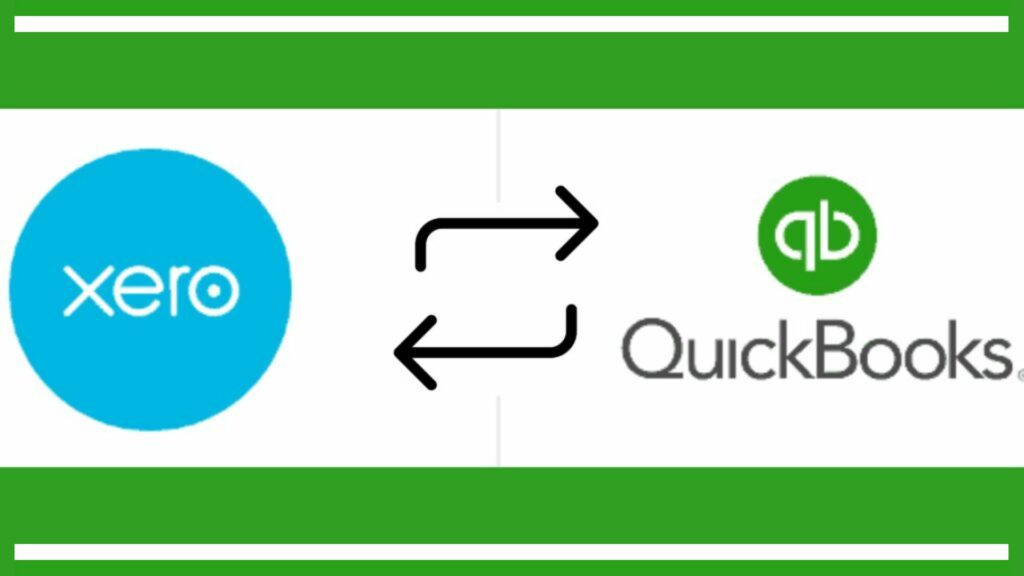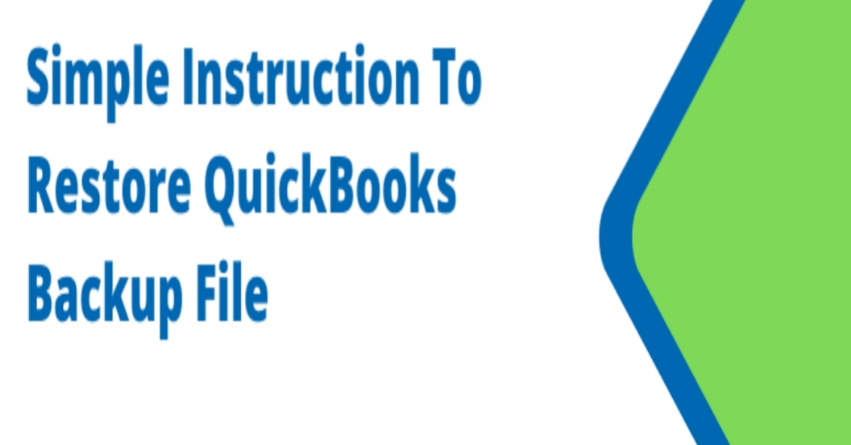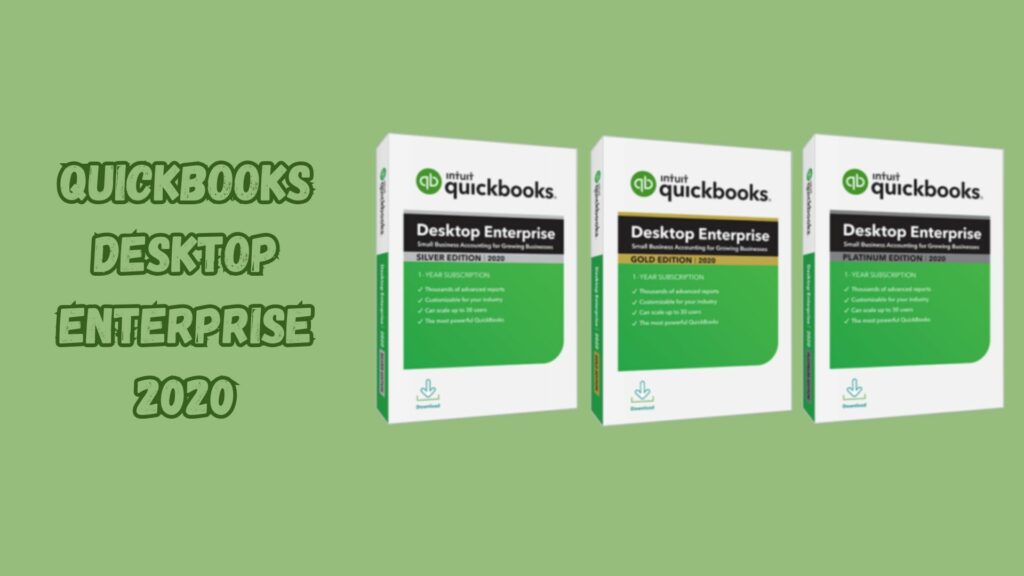Businesses of all sizes utilize QuickBooks, one of the most widely used accounting programs created by Intuit, to ascertain their financial operations effectively. With its extensive feature set and easy-to-use design, QuickBooks has emerged as a vital tool for payroll, invoicing, bookkeeping, and more. Different QuickBooks file extensions are essential for managing and storing data in QuickBooks.
This post will explore QuickBooks file extensions, their uses, possible problems, and troubleshooting techniques.
What do you understand by QuickBooks file extensions?
Initially, file extensions are commonly used abbreviations that appear at the very end of the file name. They also provide information about the file’s purpose and content.
Typical QuickBooks file extensions include:
- The.jpg or.jpeg extension is used by a JPEG (for example, image.jpg).
- The.docx extension is used for Word documents (e.g., CoverLetter.docx).
- The.xls suffix is used by Excel spreadsheets (e.g., budget.xls).
On the other hand, file extensions in QuickBooks are unique to QuickBooks. The most common QuickBooks file extension for QuickBooks is .xxx. File extensions that are most frequently used include QBW, QBO, and QBB.
Functions of QuickBooks file extensions

Within the software ecosystem, every QB file extension has a distinct purpose. Comprehending these features is crucial for seamless functioning and efficient troubleshooting.
QuickBooks Company File, or QBW
The core of QuickBooks is the QBW file, which houses all financial information and configurations. Users can use it to perform various accounting functions, such as creating invoices, tracking spending, and producing reports.
QuickBooks Backup File, or QBB
In data loss and corruption, users can restore their company’s data using the QBB file and create a backup file. Making backups regularly guarantees the security of vital financial data.
QuickBooks Portable File, or QBM
The .QBM files are utilized for teamwork and data exchange. Users can share a streamlined version of the company file without disclosing private financial information.
The Network Data (ND) file
Multiple users can access the same company file via a network due to an ND file. It guarantees data integrity and makes collaborative accounting easier.
Transaction Log (TLG) File
The TLG file documents modifications to the QBW file. It is essential for recovering the newest transactions after data damage.
QBWUser.ini File
This configuration file improves the user experience by storing user-specific preferences, settings, and modifications.
.bat (Batch) File
Although not built into QB, .bat files can initiate time-consuming processes and automatically reduce the possibility of human error.
Importance of using the QuickBooks file extension

It is crucial to stress that there are differences among the various QB file extension types. Additionally, they serve a variety of functions. The significance of the different file extensions is examined below:
- File extensions allow users to ascertain what content a given file includes quickly. Thus, everything has a clear label.
- File extensions allow users to manage their accounting data easily. They classify file extensions of the same type, keeping data from combining and making auditing easier.
- The user can quickly determine the file type by examining its extension, saving time.
- File extensions simplify identifying the file type, enabling the desktop to open it in the appropriate program.
- QuickBooks file extensions help protect data files and verify data file authentication.
Common errors and solutions

Numerous QB errors can occur with QuickBooks file extensions due to corruption, incorrect handling, or system problems. By being aware of these faults and how to fix them, users can guarantee data integrity and resolve issues more successfully.
File Corruption
Corrupting the. QBW,TLG or other related files can cause data loss or errors. QuickBooks’ built-in data repair tools and routine backups can resolve this problem.
Network Issues
Network errors may arise from issues with the .ND file. These problems can be fixed by deleting and generating the ND file again or by checking the network configuration.
Backup Failures
Problems with creating and restoring backups are known as backup failures. QBB files may make backup and recovery unsuccessful. These problems can be reduced by ensuring enough disk space, utilizing the proper backup procedure, and verifying file locations.
Data Integrity
Inaccurate or missing data may cause inconsistencies in financial records. Routine account reconciliation and data verification can preserve data integrity.
User Preferences
Errors in the. QBWUser.ini file may cause unique issues for a user. These issues can be fixed by recreating the file or changing QuickBooks’ settings.
Updates and Compatibility
Incompatible extensions or outdated software versions may cause problems. To avoid compatibility issues, QuickBooks and associated applications should be kept current.
Now that you know the QuickBooks file extension, you may be curious about its several forms. Let’s examine each one in turn:
What is QuickBooks backup file extension?
A backup of the. QBW file is the. QBB file. QuickBooks users should make regular backups to guard against data loss due to hardware malfunctions or file corruption.
What is QuickBooks company file extension?
The primary company file in QuickBooks is the QBW file. This extension includes a company’s financial information, transactions, accounts, and configurations. It is typically the first file you encounter when you start QuickBooks and is necessary for day-to-day activities.
What is Quickbooks portable file extension?
A compressed form of the. QBW file is the. QBM file. It is commonly used to share business information with clients, accountants, and other users who do not have QB installed.
QuickBooks accountant file extension: Types
Some of the file extensions under this category are as follows:
Review Copy file (QBX)
Users can create a backup copy of the company file and submit it to their accountant when necessary. The file can be exported to an accountant and saved with a .qbx extension. When the accountant accesses it, it becomes an accountant’s copy.
Accountant’s Copy File (QBA)
An accountant copy is created when the accountant opens the review copy file the user sent. These files’ extension then changes to (.qba).
Accountant’s Copy Import file (QBY)
The accountant reviews the user-provided file and makes the necessary adjustments before returning it to the user. You can edit your company file once the QBY file has been imported.
General Journal Entries File (QBJ)
To include the journal entries generated by the accountant, you can request that they send you a .qbj file.
Utility and Log files of the QuickBooks desktop application
There are several additional QuickBooks files that consumers might not use directly. These files help the program carry out several vital functions. Let’s examine the purposes of these QuickBooks file extensions.
The Network Data File
When users use the Multi-user mode, QuickBooks generates a network data file (.nd file). This file helps the program control user access preferences.
The Transaction Log File
QuickBooks logs any modifications you make to your company file after a backup. The file containing these records has a .tlg extension. The program resets this file when you make a fresh backup and new records begin to enter. This file aids in data restoration following a backup in the event of damage.
The Event Log File
QB records significant occurrences using files with the.log extension. These files aid QuickBooks issue troubleshooting. The following are the two categories of log files:
-
Qbwin.log
This file contains the logs of problems found during the rebuild.
-
QWC.log file
Web Connect problems are recorded in it.
The Entitlement File
When you install QuickBooks and register the product, the. ecml file is generated. The file guarantees that the product you are using is authentic and licensed.
The Print File
QuickBooks stores your printing choices in the QB Print file with the extension.qbp. You can modify the file to fix any problems you encounter when printing.
Read More: Fix QuickBooks ND File Issue (Network Data File)
Intuit Interchange Format File
You can export your list data using the Intuit Interchange Format file with the Extension. These files can be utilized if the list needs to be shared with other company files.
QB file extension for Mac system

The QuickBooks file formats for Windows and Mac operating systems differ. The comprehensive list of QuickBooks file extensions is entirely different for Mac users. For your convenience, these aspects have been mentioned below:
Company files
QuickBooks uses QB2018, QB2017, and other extensions to store its company files on QB Mac. As indicated by the QB2018, the company file is for the 2018 edition of QuickBooks for Mac.
Backup File
The MAC.QBB extension files can transfer the Company file stored on a Mac-based system to a Windows-based system. This transfer takes advantage of this kind of backup file.
Apple Property list file
Your Mac system stores QuickBooks files as list files associated with registration and preferences.
Disk Image File
When you back up your company’s files using the QuickBooks Mac edition, a DMG file is created. It resembles the QuickBooks Windows QBB file.
Miscellaneous file extension
Under this category as well, there are certain types, some of them are as follows:
QuickBooks temp rebuild file (temp 1234.qbt)
This file is generated during “Pass 1 of the rebuild” and automatically removed upon completion.
QuickBooks log file (QBwin.log)
The verify/rebuild option creates or updates the Qbwin.log file. This file helps identify “Log problems and situations corrected.” Typically, it is kept in the location where QuickBooks is installed.
Letters folder (QuickBooks letters templates folder)
The Word document templates for the QuickBooks writer letters feature are in the QB letters templates folders.
Temp restore the file (QBrestor.TMP)
This file is typically created when the QBB file, which was automatically erased during the restore process, is restored.
Inet (Inet folder)
Previously, “License information” for QuickBooks was kept in this folder.
Images folder
QuickBooks uses temporary copies of photos, which are kept in the images folder.
Connection log file (CONNLOG.TXT)
Each connection for online banking is logged in the CONNLOG.TXT file, which is the online connection log file.
Download folder (DownloadQBXX folder)
QuickBooks created the DownloadQBXX folder to hold the latest downloaded versions when users use the update QuickBooks feature.
Temporary database file (QBW192.168.X.XX.mta)
The QuickBooks database server manager creates this temporary file when the company file is opened. It is automatically erased when users open the main file.
QuickBooks pro timer files (.TDB)
The QBTIMER directory contains time monitoring information from the QuickBooks timer.
Additional Extensions for QuickBooks Files
The following are a few of the extra file extensions:
DES (Layout Designer Template File)
A file with the extension DES is created when you export a customized form template. This file is simple to export and can be shared or utilized in other company files.
QWC (QuickBooks Web Connector File)
QuickBooks users may need to launch specific applications to use the QuickBooks Web Connector. Each time a third-party developer creates a web connector program, a .qwc file extension is produced.
QBR (QuickBooks Report Template File)
QuickBooks generates a file with the .qbr extension whenever a memorized report template is exported.
Why use file extensions for QuickBooks?
QuickBooks does not handle Excel, CSV, PDF, and text file extensions. The brand has developed a unique vocabulary. The features of different file extension types vary and are used for various reasons. Among the causes of this are:
- By examining the extension, one can more easily ascertain the contents of a file. Everything is recognizable.
- To avoid disarray, users might group their data according to file extensions. It facilitates auditing as well.
- It assists the desktop in launching a file in the appropriate application once recognized.
- QuickBooks file extensions assist users in securely authenticating data files.
Although there are over 50 different QB file extension types, you don’t have to know them all. Once you become used to these additions, you’ll find that they save time, streamline processes, and create a faster workflow—even though it might feel like you’re learning a new language.
Why do QuickBooks Desktop files have distinct extensions?
Having distinct file extensions for QuickBooks Desktop benefits the program and its users. Because each extension has unique qualities, it serves a variety of functions. The following lists the significance of these extensions for you:
- By examining a file’s extension, users can quickly determine the kind of content it contains.
- The files can be arranged according to their extensions.
- QuickBooks generates various files, including backup files, that users cannot access or read. Such files require identification; extensions are a good way to do that.
- Some file types in QuickBooks share names, such as the Company and Log files. The extension distinguishes these files.
- Extensions help the application determine what kind of file it is so that it can open it using the appropriate protocol.
- Because extensions guarantee legitimacy, they also contribute to the security of QuickBooks data and files.
File extension connectivity factors
QuickBooks offers user-friendly components for duties like adding, updating, creating, selling, employee information, transactions, etc. With the help of the QB attach component or the free remote connection for QuickBooks software, users can access QuickBooks remotely:
- Quick performance
- Completely integrated parts
- Consistent design
- Remotely connect to QuickBooks
Conclusion
This article emphasizes the various QuickBooks file extensions, types, and purposes. We also discussed how important these extensions are for the application and its users. The information in this article is crucial for users to understand the different file types and extensions. Therefore, if one reads this essay from beginning to end, it will be easy for them to move forward.
Therefore, the information in the post above will be helpful to you. However, if you still require additional direction or help, please contact our QuickBooks desktop support team, who will happily answer any questions.
Frequently Asked Questions
Q1. What is the file extension in QuickBooks?
QB file extensions are specific file extensions used only by QuickBooks. QBB (backup file), QBO (bank statement file), and QBW (business file) are the most often used QuickBooks file extensions.
Q2. What does a QuickBooks company file mean?
Each one of your financial information is saved in the company file, which expands as you do. You can store several company files for several enterprises in QuickBooks. Each business ought to have its file.
Q3. What kinds of QuickBooks files are there?
Numerous QuickBooks file types exist. Every file has an extension associated with it.
Q4. Can an error occur with the QuickBooks file extension as well?
Yes, there are occasional errors in it as well. Here are a few of them:
- Network-related issues might be problematic and are one reason for errors.
- Errors can also occur when incompatible extensions are employed or outdated software is used.
- Inaccurate or lacking information may result in a misleading record and an error.
- The problem may also arise if the file is corrupted or damaged.
Q5. What is the TLG file (Transaction log file)?
Changes made to the .QBW file are recorded .TLG file. The .TLG file is essential for recovering the most current transactions in the case of data damage.

